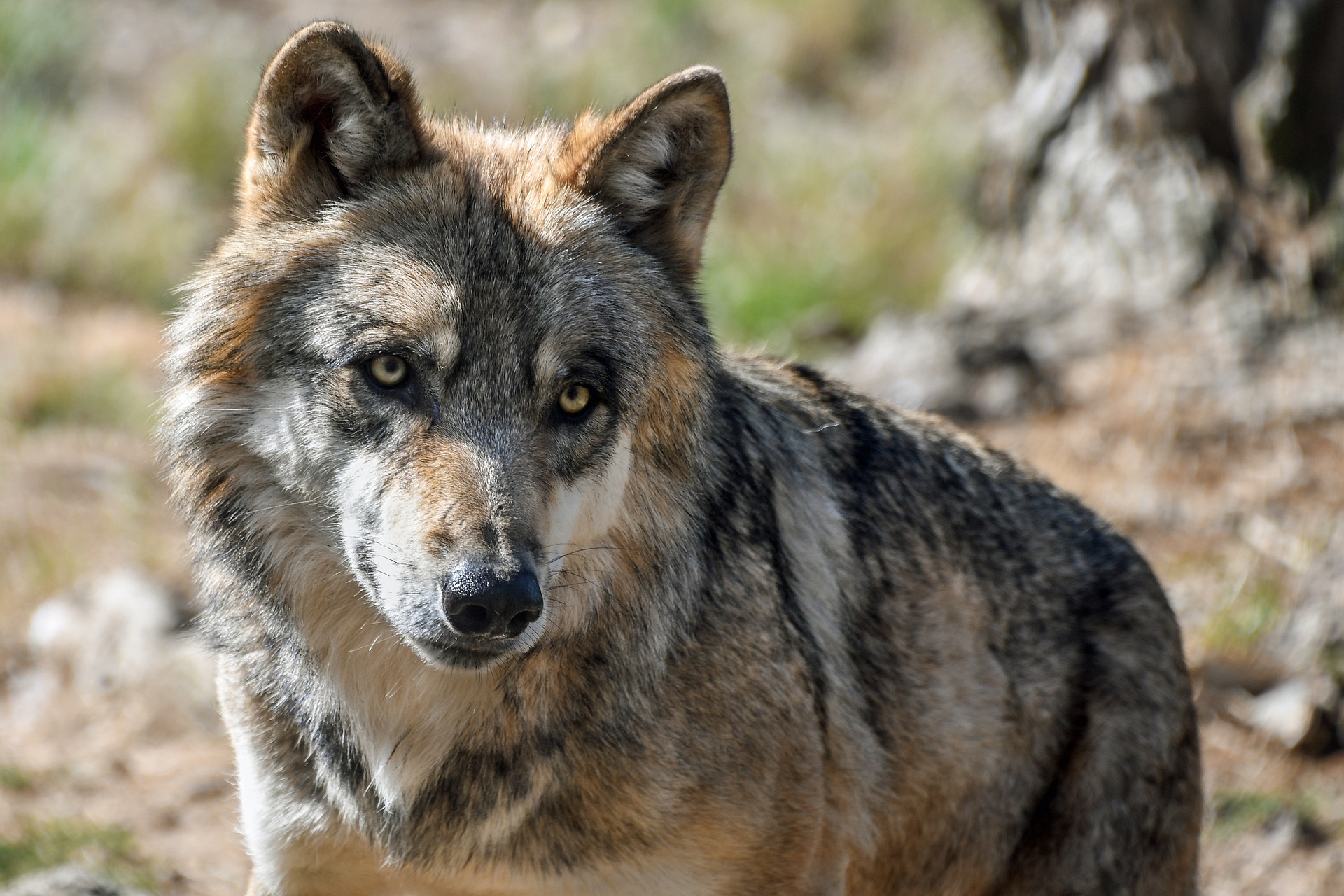For many years, scientists from the Faculty of Environmental Protection have been collaborating with colleagues from the Faculty of Biotechnology at the University of Ljubljana and the Faculty of Mathematics, Natural Sciences and Information Technologies at the University of Primorska on research on large wild mammals (game and carnivores). In a well-established consortium, they are carrying out several international, basic and targeted research projects (CRP); in the CRP project Carnivores affect ungulates: determination of species-specific predation rate and the importance for management of wild large mammals in Slovenia (V1-2031), funded by the Ministry of Agriculture, Forestry and Food and the The Slovenian Research and Innovation Agency (ARIS), among other things, they have been investigating the representation of wild ungulates and other animal species in the diet of wolves (Canis lupus) and lynx (Lynx lynx) in the Alps and the Dinarides. The findings, which were obtained by developing and applying a modern methodology, i.e. molecular (genetic) analysis of environmental DNA (e-DNA) or by determining the presence of prey species DNA in the faeces of the two target species of large carnivores, have just been published in the prestigious scientific journal Frontiers in Zoology, under the leadership of FVO collaborator Prof. Elena Bužan, Ph.D., thus making an important contribution to the scientific dissemination of the results of the project. As ungulates and large carnivores are a very important component of forest ecosystems, the publication is also a unique contribution to International Day of Forests, which is celebrated on 21 March each year.
| Molecular analysis of scats revealed the diet of wolves and lynxes in Slovenia
The full article is available HERE. |


 A comprehensive understanding of the dietary habits of carnivores is essential to get ecological insights into their role in the ecosystem, potential competition with other carnivorous species, and their effect on prey populations. Genetic analysis of non-invasive samples, such as scats, can supplement behavioural or microscopic diet investigations. The objective of this study was to employ DNA metabarcoding to accurately determine the prey species in grey wolf (Canis lupus) and Eurasian lynx (Lynx lynx) scat samples collected in the Julian Alps and the Dinaric Mountains, Slovenia. The primary prey of wolves were red deer (Cervus elaphus) (detected in 96% scat samples), European roe deer (Capreolus capreolus) (68%), and wild boar (Sus scrofa) (45%). A smaller portion of their diet consisted of mesocarnivores, small mammals, and domestic animals. In contrast, the lynx diet mostly consisted of European roe deer (82%) and red deer (64%). However, small mammals and domestic animals were also present in lynx diet, albeit to a lesser extent. Our findings indicate that the dietary habits of wolves and lynx are influenced by geographical location. Snapshot dietary analyses using metabarcoding are valuable for comprehending the behaviour and ecology of predators, and for devising conservation measures aimed at sustainable management of both their natural habitats and prey populations. However, to gain a more detailed understanding of wolf and lynx dietary habits and ecological impact, it would be essential to conduct long-term genetic monitoring of their diet.
A comprehensive understanding of the dietary habits of carnivores is essential to get ecological insights into their role in the ecosystem, potential competition with other carnivorous species, and their effect on prey populations. Genetic analysis of non-invasive samples, such as scats, can supplement behavioural or microscopic diet investigations. The objective of this study was to employ DNA metabarcoding to accurately determine the prey species in grey wolf (Canis lupus) and Eurasian lynx (Lynx lynx) scat samples collected in the Julian Alps and the Dinaric Mountains, Slovenia. The primary prey of wolves were red deer (Cervus elaphus) (detected in 96% scat samples), European roe deer (Capreolus capreolus) (68%), and wild boar (Sus scrofa) (45%). A smaller portion of their diet consisted of mesocarnivores, small mammals, and domestic animals. In contrast, the lynx diet mostly consisted of European roe deer (82%) and red deer (64%). However, small mammals and domestic animals were also present in lynx diet, albeit to a lesser extent. Our findings indicate that the dietary habits of wolves and lynx are influenced by geographical location. Snapshot dietary analyses using metabarcoding are valuable for comprehending the behaviour and ecology of predators, and for devising conservation measures aimed at sustainable management of both their natural habitats and prey populations. However, to gain a more detailed understanding of wolf and lynx dietary habits and ecological impact, it would be essential to conduct long-term genetic monitoring of their diet.